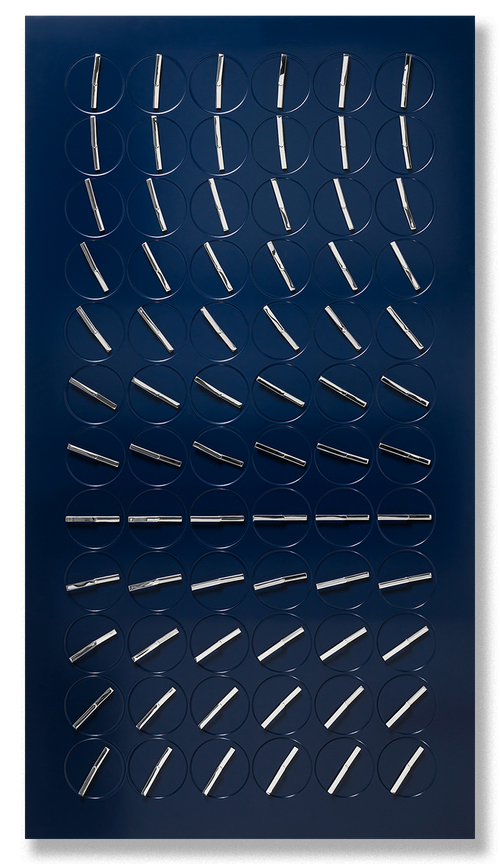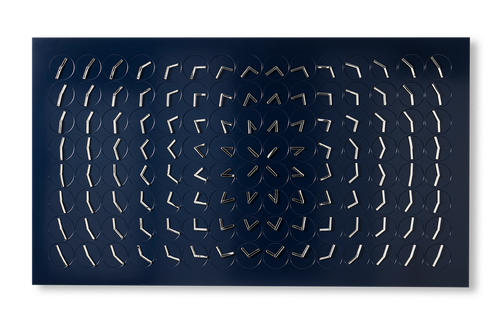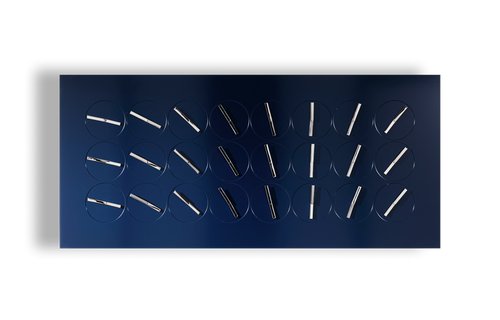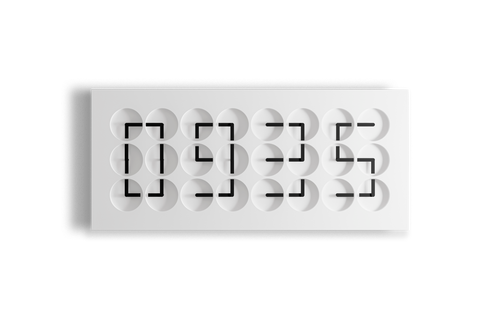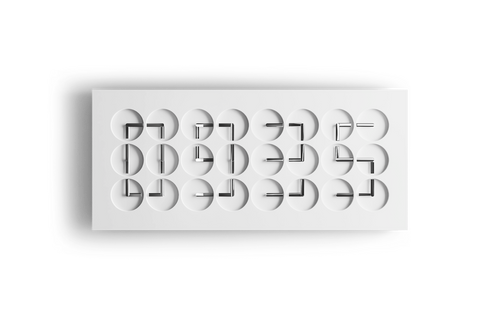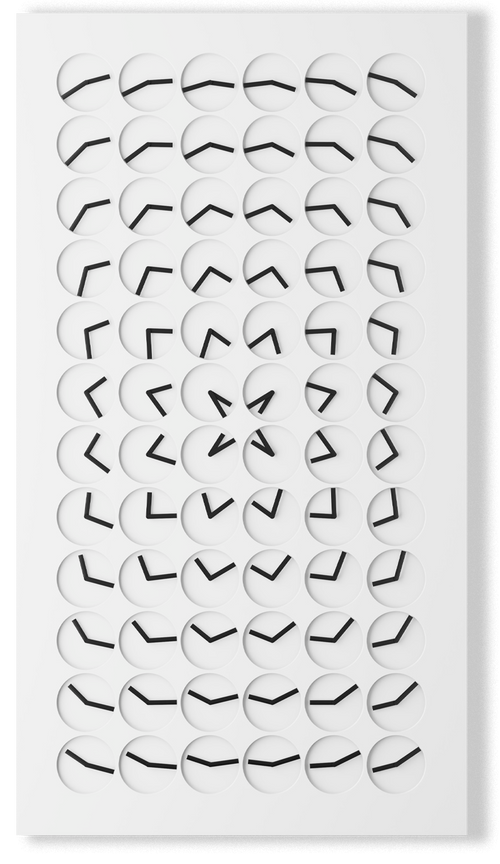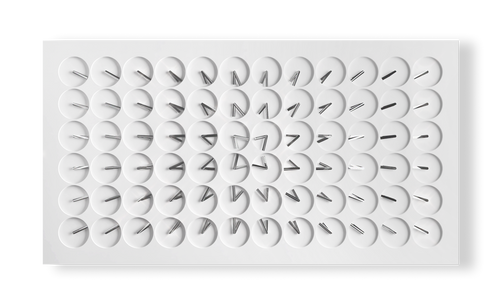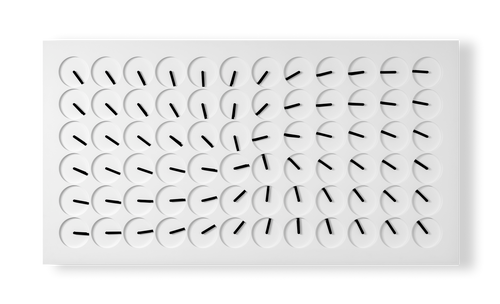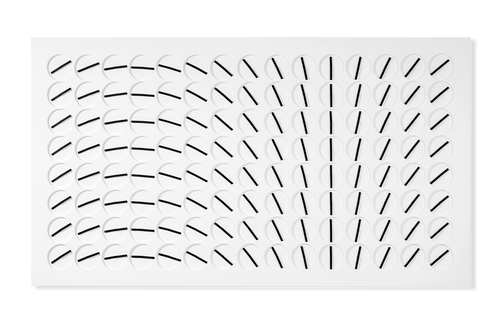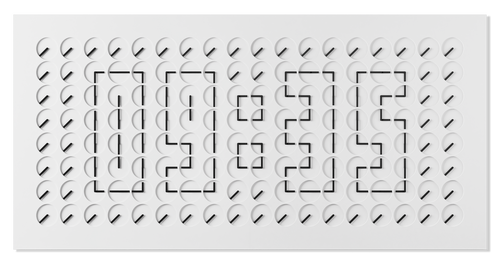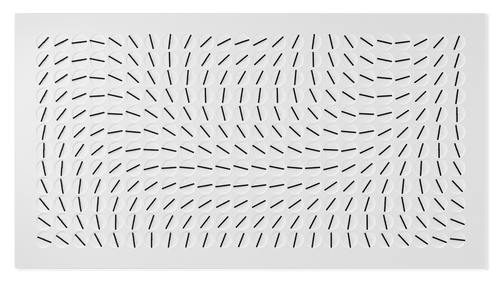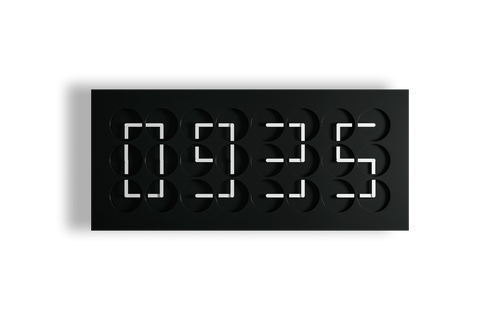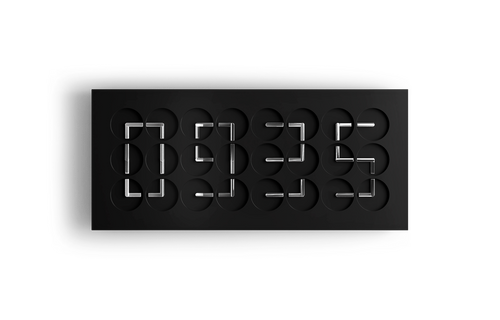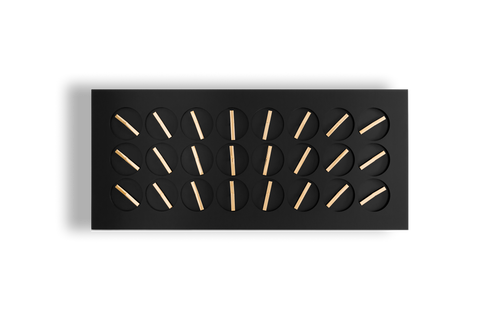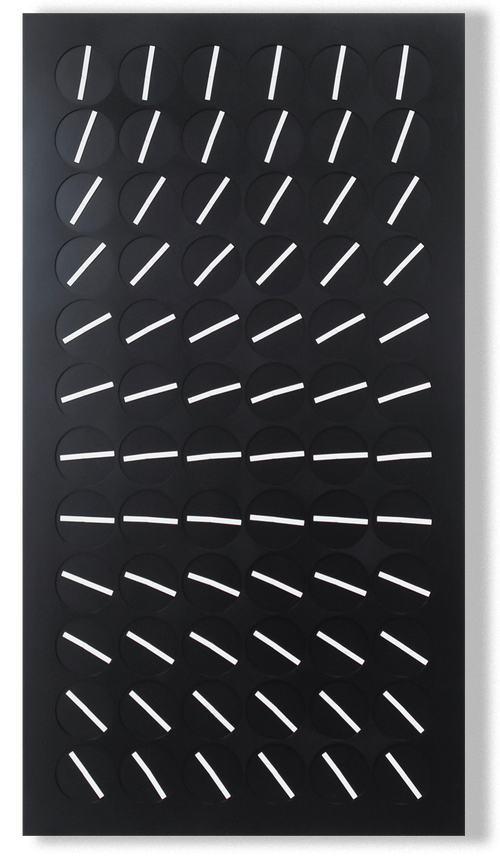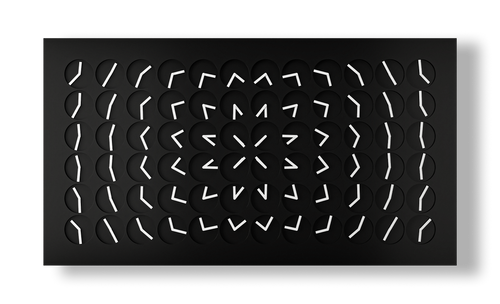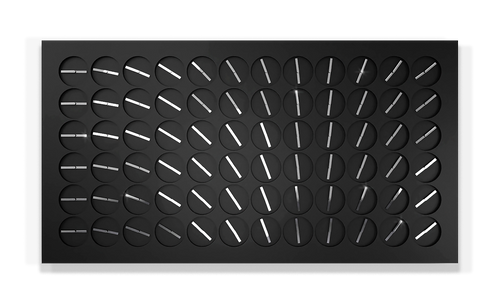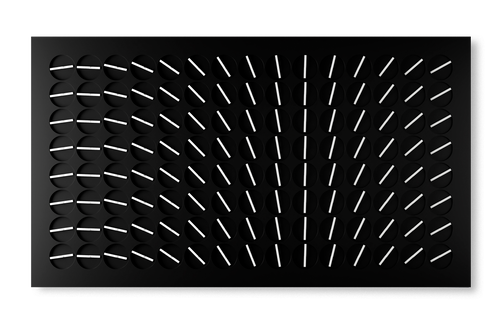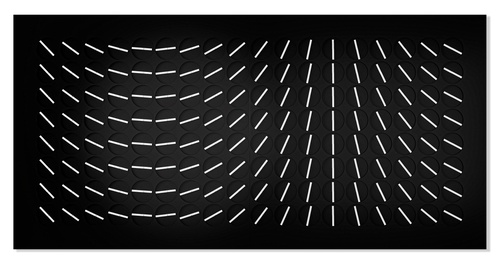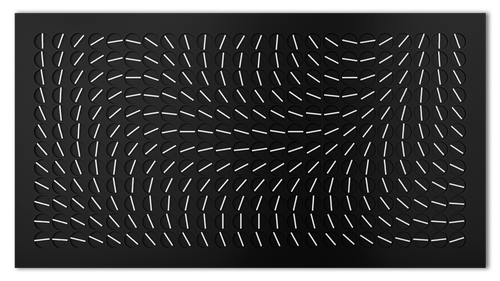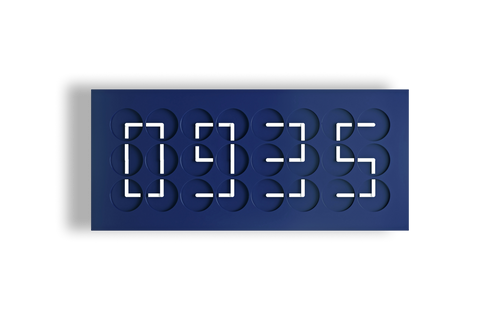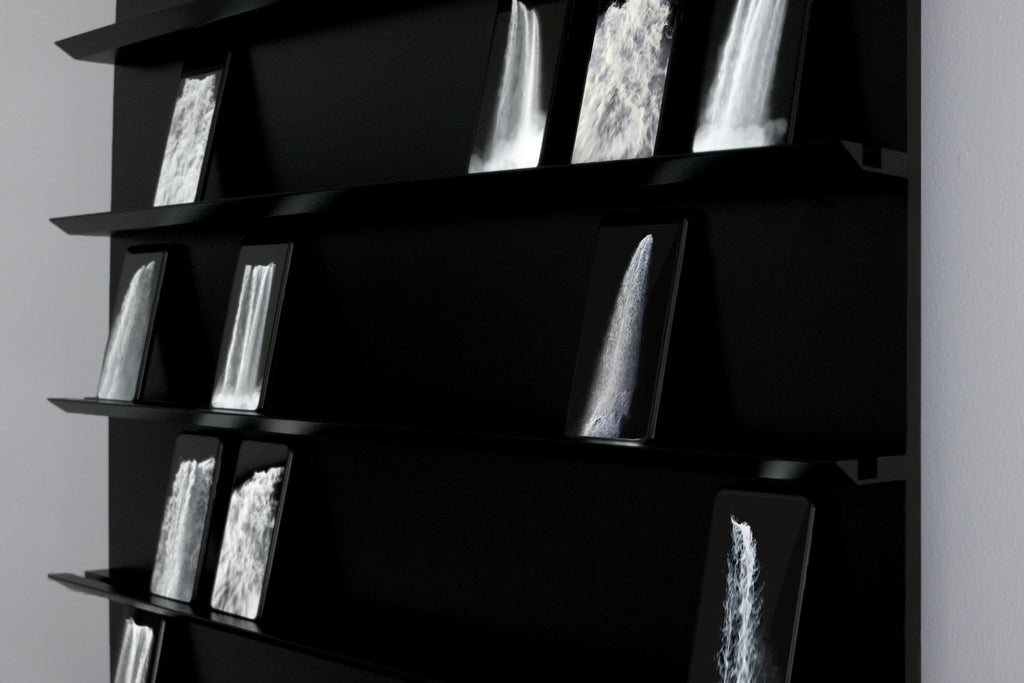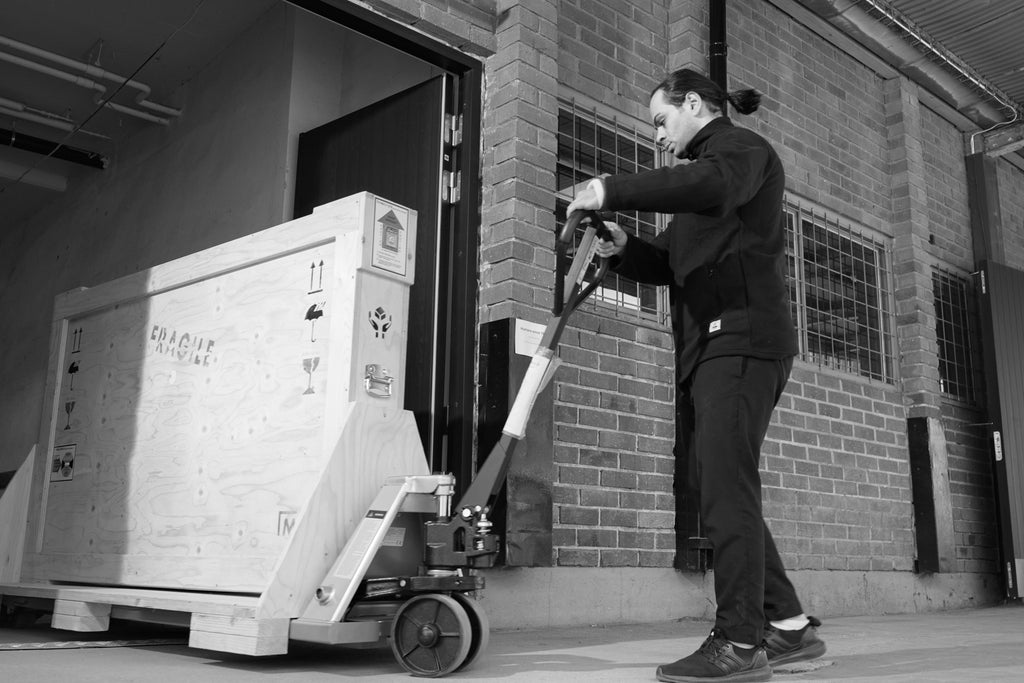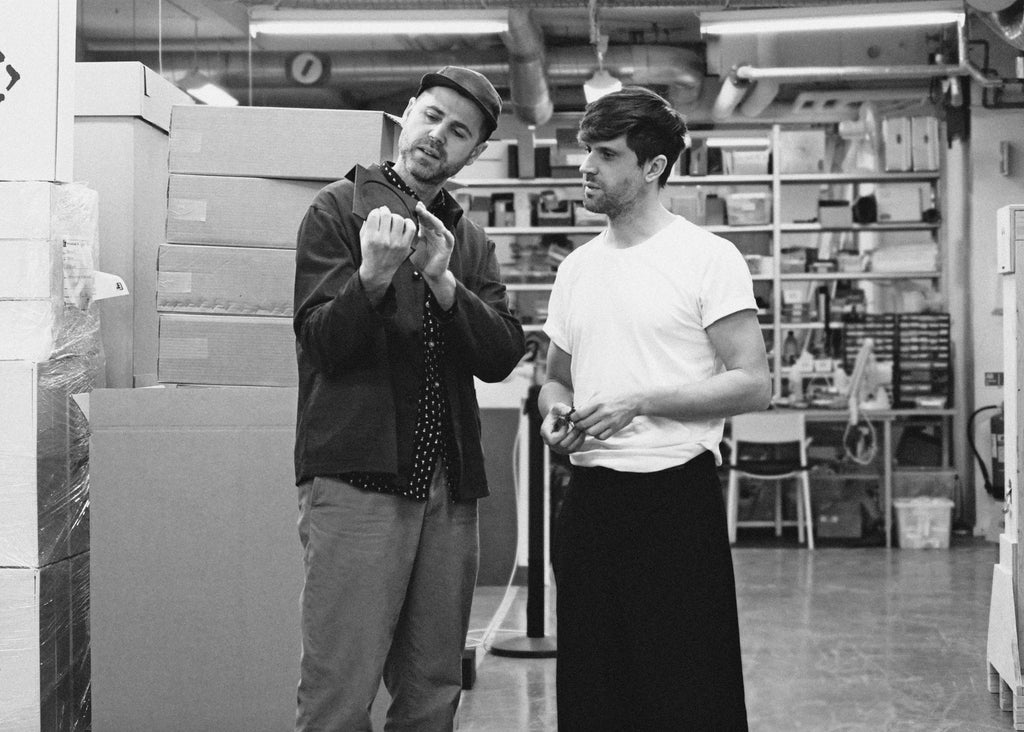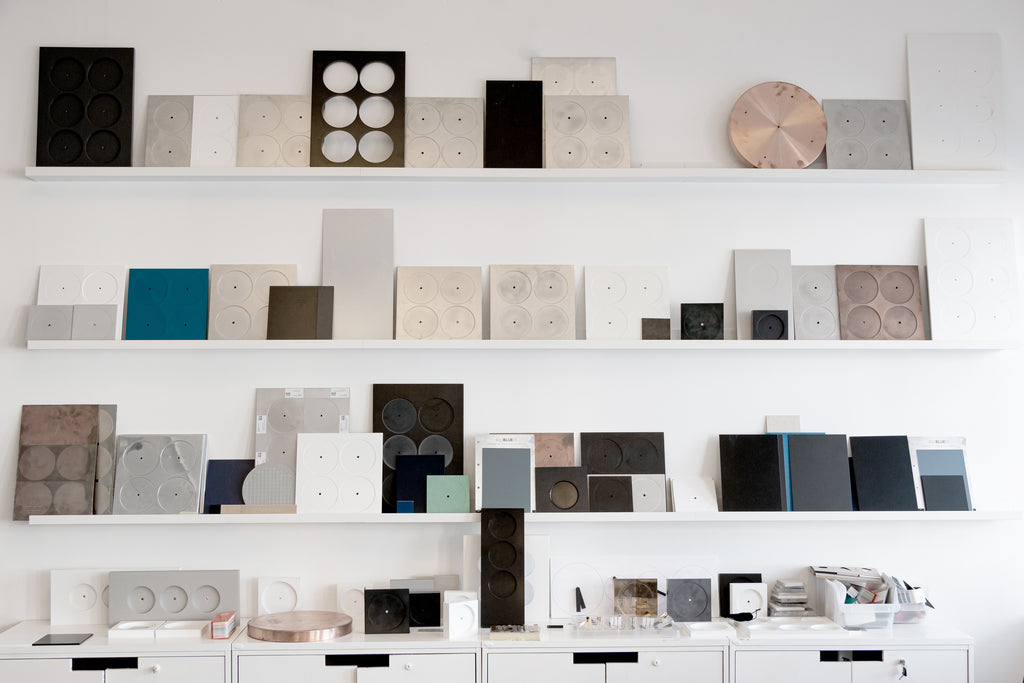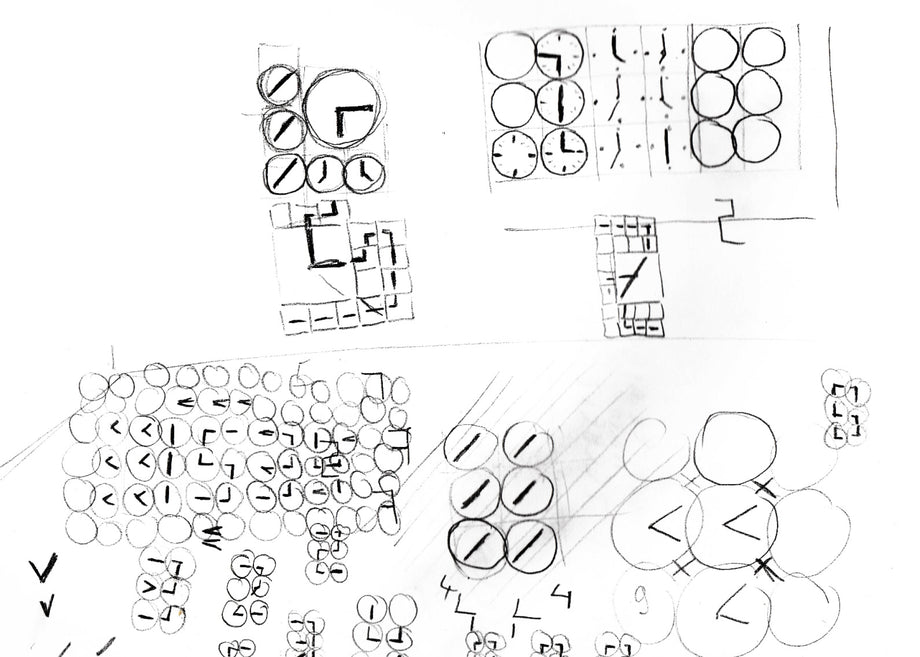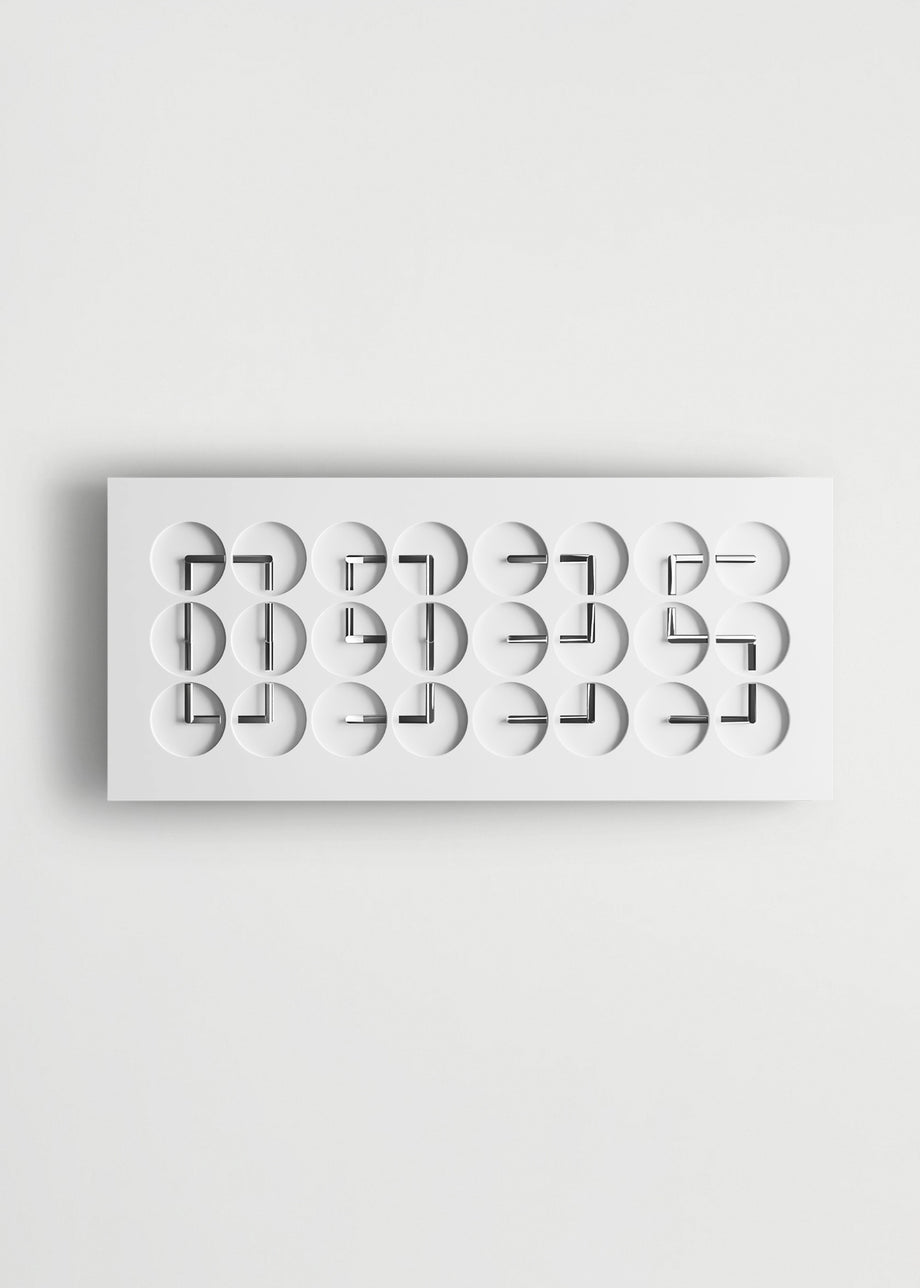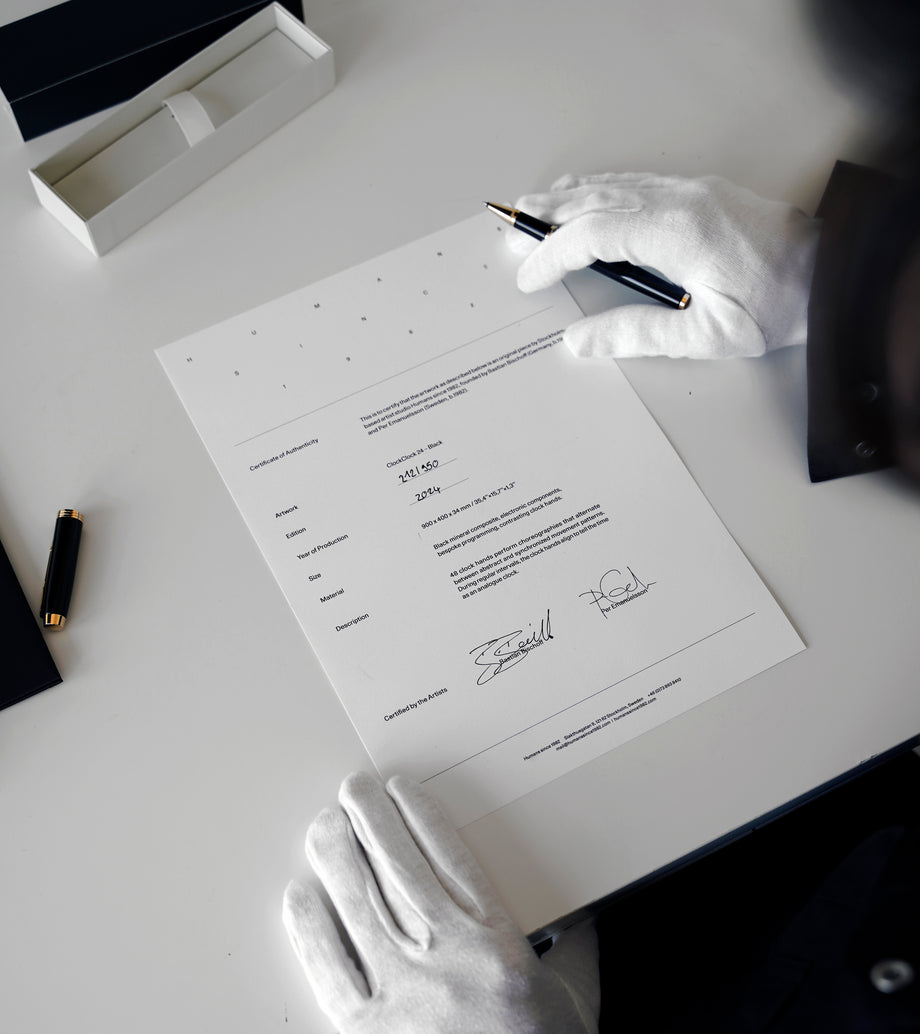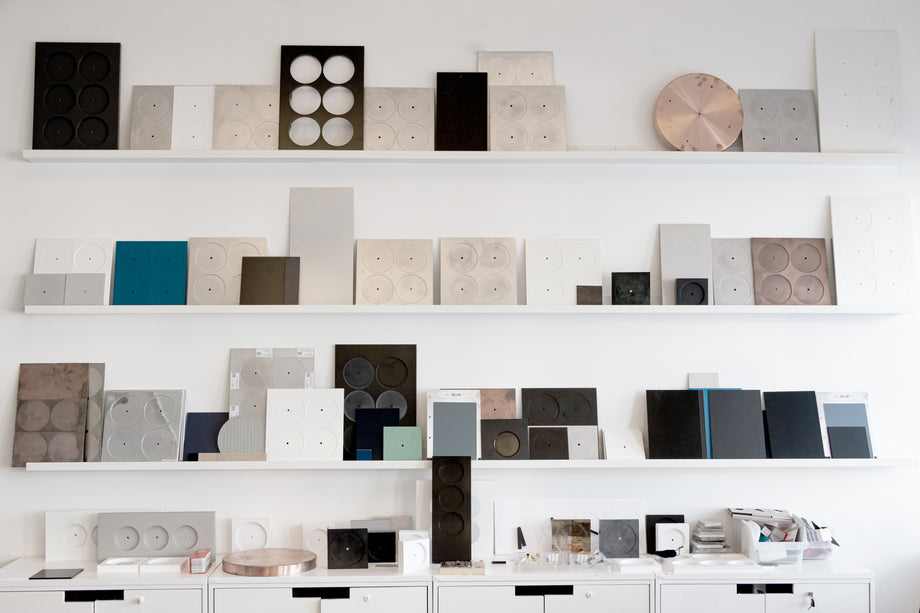Studio & Story
Humans since 1982
The Studio
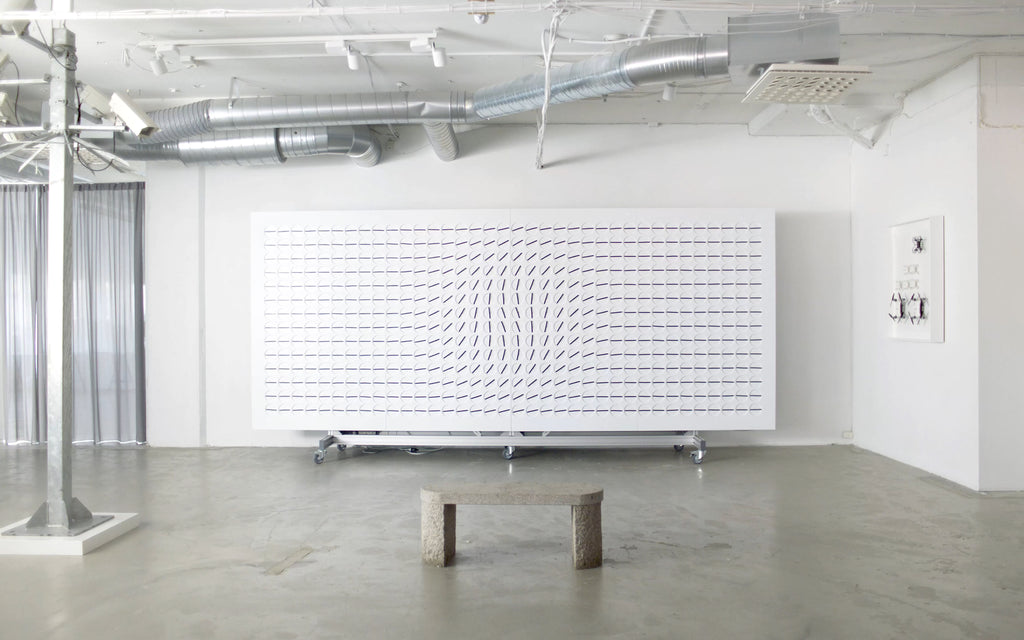
Humans since 1982 is a pioneering studio and global luxury brand for collectible art and design, based in Stockholm, Sweden. Their groundbreaking works ClockClock 24 and A million Times, which consist of grids of carefully choreographed and programmed clock faces, are both kinetic art objects and functioning timepieces.
Humans since 1982 operate at the intersection of design, art, and technology. Rooted in their philosophy of “Form follows fascination” their work has been collected by museums and Hollywood stars. Through their many exhibitions worldwide — including Somerset House, Saatchi Gallery, and Smithsonian Design Museum — they have established themselves as a force for immersive and captivating experiences.
The studio behind the brand was founded in 2009 by Per Emanuelsson and Bastian Bischoff, both born in 1982. Together with their partner, CTO David Cox, they develop objects committed to quality, creativity, and craftsmanship. Humans since 1982 is comprised of a specialist team that develops and manufactures all objects in their studio in Stockholm.
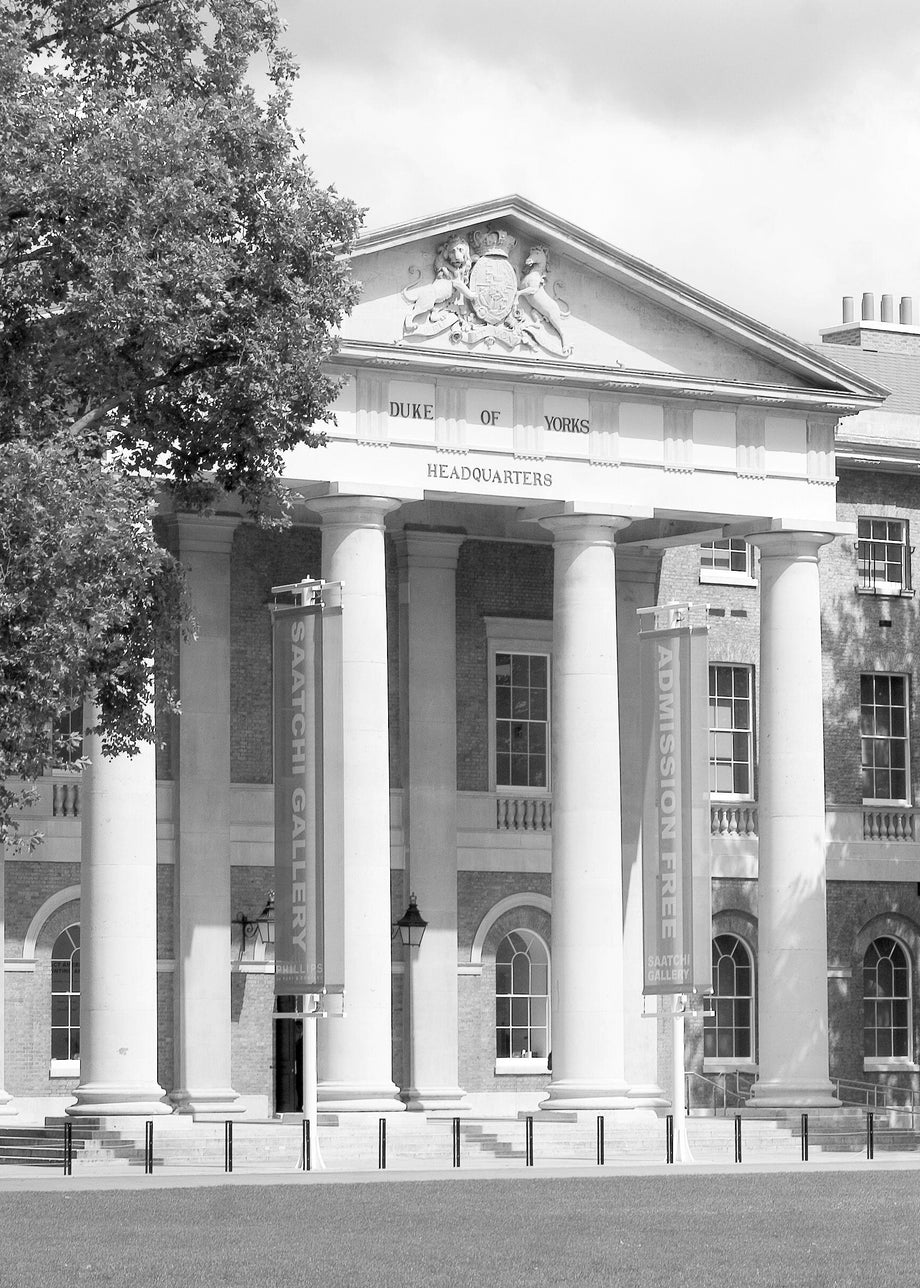
Our Story
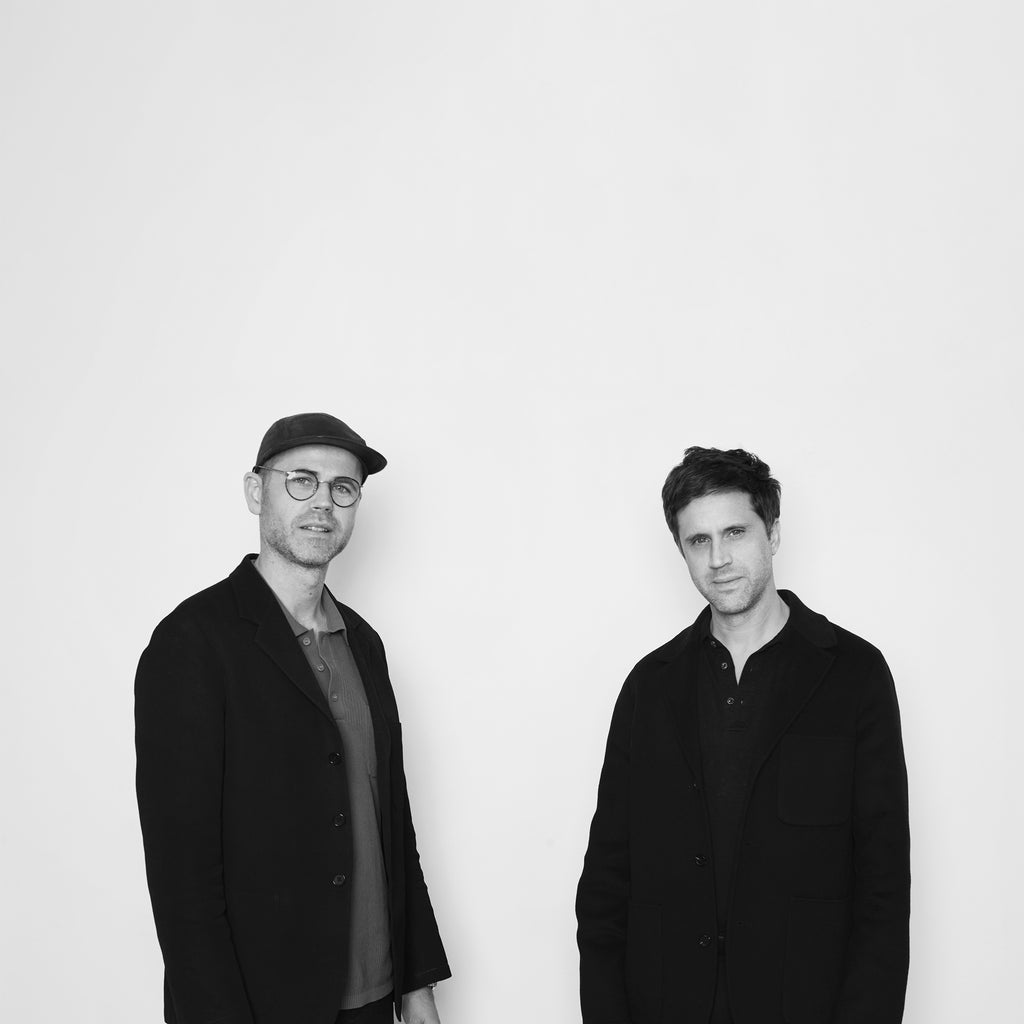
For almost two decades, people have been mesmerised standing before the works of Humans since 1982. Whether in Miami or New York, Paris or Wuzhen, London or Luxembourg, observers can be seen with the same sense of awe and wonder in their eyes.
There is something innately spellbinding about the iconic pieces ClockClock 24 and A million Times. The spinning of multiple clock hands in carefully designed choreographies – one moment showing an abstract pattern, the other displaying the actual time in huge digits – makes it impossible to look away.
Such is the effect of the art and design studio Humans since 1982. The work provokes thoughts of what it means to be in the moment, the passage of time, and the interdependency between order and chaos. It has been admired and collected by thought leaders worldwide, from art critics and architects to tech entrepreneurs, Hollywood stars, and high-profile collectors.
A century after architect Louis Sullivan declared that “form follows function,” Humans since 1982 have taken the philosophy one step further, developing their objects around the credo “form follows fascination.”
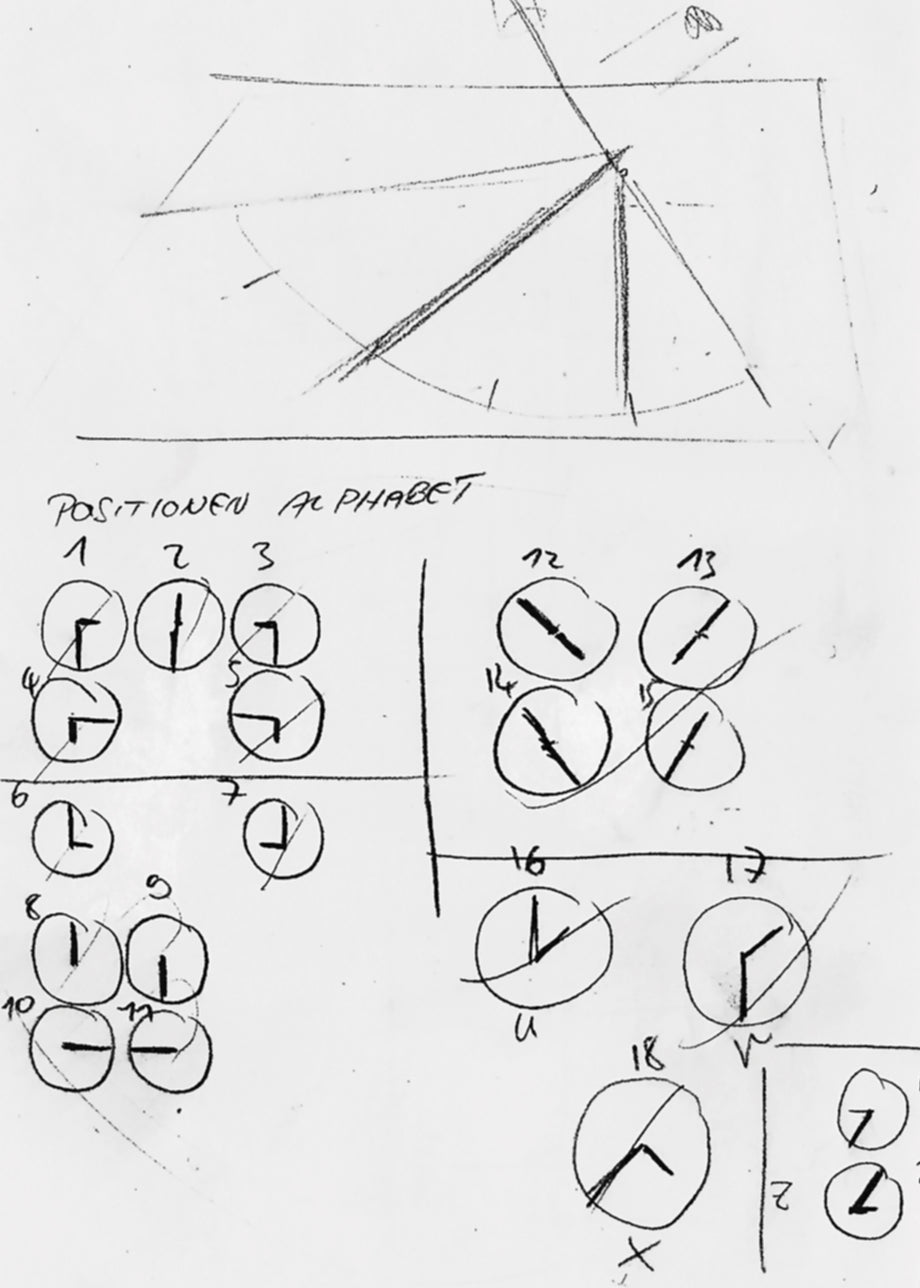
The works of Humans since 1982 are the result of the duo Per Emanuelsson and Bastian Bischoff, both born in 1982, who met as postgraduate students at HDK The Academy of Art & Design in Gothenburg, Sweden, in 2008. Per had a background in mechanical engineering, and Bastian was trained in communication design. They shared an interest in humanity's relationship to technology and how combining art, design, philosophy, and technology could spark new thinking.
“The most fascinating ideas are always hidden on the edges of human-made realms. They don’t seem to want to be detected, and that’s why they are fascinating,” says Bastian.
This interdisciplinary dimension of their approach became evident in their early work. One of their first ideas was the Surveillance Light, a lamp shaped like a surveillance camera. HDK was a design school, and the leadership wasn’t always happy with the duo’s conceptual approach to objects.
“One teacher encouraged us to apply to the art school across the street,” says Per. ”They came from this Nordic tradition of minimalism and functionality. But we thought that if you are amazed by something, that also has a function. Being fascinated is actually a human need.”
That’s how the philosophy of “Form follows fascination” was born, and it would soon be manifested in their most iconic object.
After a trip to Miami for the Art Basel and Design Miami shows in 2008, the duo became fascinated with the possibility of merging design and art. Once back in Gothenburg, they took over a project room at the HDK campus and made it their master thesis to form a design studio.
The idea for The Clock Clock came about during this time. Inspiration came from Philippe Apeloig, the influential French designer and former dancer who often worked with moving typography and for whom Bastian had interned. Another inspiration was Stefan Sagmeister, an Austrian graphic designer who created massive typographic installations with bananas in varying degrees of ripening.
“What fascinated us was this idea of ‘designing time’ and using time as a factor when creating objects,” says Bastian.
The duo started experimenting with patterns of randomly fallen toothpicks and devised an animated font system based on moving clock faces. They made the clock hands stop in certain positions to create letters and digits. Once the clock hands rotated again, the characters would fall apart.
”We were intrigued by using clocks to show this circle of formation and its decline. We liberated the clock from its sole function of measuring and reporting time by taking the clock hands out of their ‘administrative’ roles and turning them into dancers,” says Per.
They uploaded a video of an early version of The Clock Clock to YouTube, which was recognised by several blogs and online magazines.
“We sent it to Dezeen, who published it immediately. Another website got over one million views on it. That’s when it really took off!” says Per.
The Clock Clock arrived on the international stage with perfect timing. Before social media, there was a thirst for genre-defying creativity in the era of design blogs and online magazines. A new generation of artists emerged: the art and design duo Elmgreen Dragset, artist Olafur Eliason, and furniture experimentalist Marten Baas.
In 2009, Humans since 1982 was invited to participate in an exhibition of emerging talents at the Design Festival London. Excited about the opportunity, but with only a conceptual video to show, they quickly needed to assemble a working prototype. Through a mutual friend, they met David Cox, an Australian engineer who worked for the tech company Ericsson in Stockholm and agreed to help construct the The Clock Clock.
”We took a cheap flight with the clocks spread out in our hand luggage,” remembers Bastian. ”We bubble-wrapped them—wires and motors were sticking out—it looked like bombs! It took a while to explain to the security what it was.”
The exhibition in London paved the way for another show at Saatchi Gallery the year after. As the stakes grew, the duo knew they needed to develop an object to match the global art market standards.
”David was still at Ericsson, and much of the work occurred at his kitchen table during evenings and weekends. It was an insane amount of work, but finally, we had a well-crafted, well-packed object to show the world,” says Per.
Today, Humans since 1982, has grown into a global luxury brand for collectible art and design. Their client base is found worldwide, and they have sold works to collectors in New York, Los Angeles, London, Paris, Geneva, Zürich, Singapore, and beyond.
Their work is built on proprietary technology—in both software and hardware—which a team of in-house engineers and programmers has continuously developed since its inception. The objects are meticulously manufactured at the headquarters in Stockholm, Sweden, and shipped to collectors worldwide.
“One of our greatest achievements is establishing an entirely new category,” says Per. ”Nothing is comparable to our work—unless it is a copy. It makes the buyer one of just a few collectors in the world possessing one of our objects.”
One of the most frequently asked questions about the brand is about its name. Humans since 1982 allude to the founders’ birth year, but it bears a deeper meaning.
“The name should be understood as an open door to different creative disciplines,” says Bastian. ”Whatever we create—whether art, design, typography, or sculpture—we are first and foremost humans, making things for other humans.”
Exhibitions
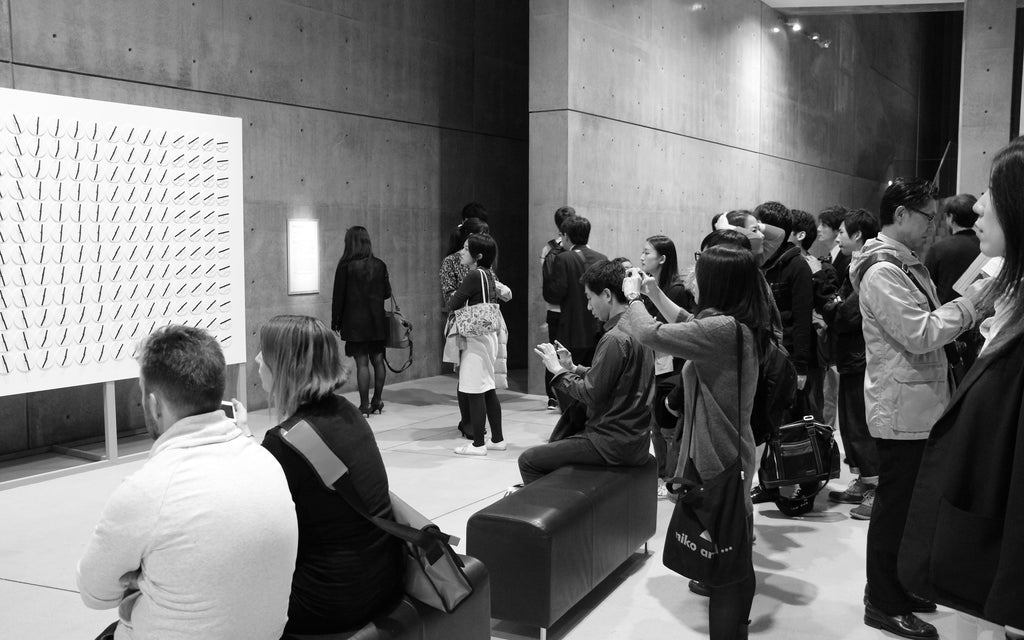
Somerset House (UK)
Cooper Hewitt, Smithsonian Museum (US)
Saatchi Gallery (UK)
VITRA Design Museum (DE)
Schirn Kunsthalle (DE)
National Museum of China (CN)
Art Wuzhen (CN)
Art Miami (US)
Art021 (CN)
Verbeke Foundation (BE)
Luxembourg Biennale (LU)
Phillips de Pury & Company (US)
San Francisco Museum of Art & Design (US)
Design Miami / Basel (CH)
Columbia Museum of Art (COL)
CAFA Art Museum (CN)
View Collections & Exhibitions for full listings.

